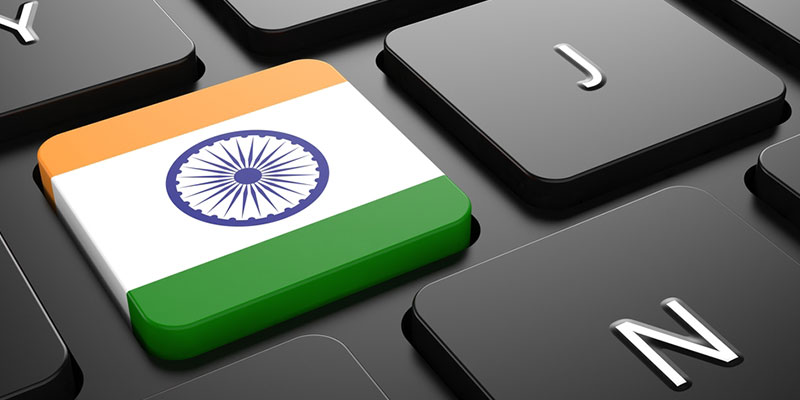Internet existence in India completed 25 years. Once political parties opposed the use of computers in India but now the whole country is dependent on it. The true change brought by the internet in the lives of Indians is by generating employment opportunities for a country with the world’s second-biggest population.
Back in 1995, Videsh Sanchar Nigam Ltd provided the first internet connection in the country. Soon big cities and later rural parts of the country witnessed an increasing number of cybercafes in their surroundings.
On August 31, active internet connections in the country touched 75 crores. While the number of connections doubled in just the last four years. In March 2016, active connections were around 34 crores. Digital India program was launched a year before in 2015.
Indian digital economy
According to a report by Mckinsey, by 2025, digital sectors in the country such as IT, business process management, digital communication services, and electronic manufacturing could double the GDP level from $355 billion to $435 billion.
Growing digital technology in fields such as retail, logistics, education, agriculture healthcare, and labour markets could add $10 billion to $150 billion. Digital technology in these sectors will help in raising output and save costs.
The report further says that this boom in the digital economy will help in the creation of 100 million jobs. “The productivity unlocked by the digital economy could create 60 million to 65 million jobs by 2025, many of them requiring functional digital skills, according to our estimates. Retraining and redeployment will be essential to help some 40 million to 45 million workers whose jobs could be displaced or transformed,” read the report.
5G and the future
India is now capable to develop its first 5G network. Achieving this could help the country to take a big step in its use of the internet. As the coronavirus pandemic began the use of video calls, work from home culture, and real-time multiplayer gaming technology, 5G speeds helped the new culture grow further.
While countries such as China, South Korea started using 5G connectivity in their cities. India lacks behind in its implementation. Recently, China tested 6G connectivity amid the global pandemic which shocked many developed countries.
Digital divide
India faced the problem of the digital divide with the urban part of the country having wide connectivity and the rural part that lacks basic facilities. However, this is changing as the Indian government is pushing the use of digital services. Many schemes of the Indian government are now implemented online which is helping to bring internet connectivity in rural parts of the country.
“Lower-income states are showing the fastest growth in internet infrastructures, such as base tower stations and the penetration of internet services to new customers. While low and moderate-income states as a group accounted for 43 percent of all base tower stations in India in 2013, they accounted for 52 percent of the incremental towers installed between 2013 and 2017,” added the report.
States such as Uttar Pradesh, Jharkhand, Madhya Pradesh were the fastest-growing states in internet penetration between 2014 and 2018. Uttar Pradesh alone added 36 million new internet connection during this period.
The growth in the digital sector is yet slow as 90 percent of the transactions happen through cash compared to china where only the number is just 15 percent. Growing connectivity is a hope for a big country like India where the internet can transform many lifes.

